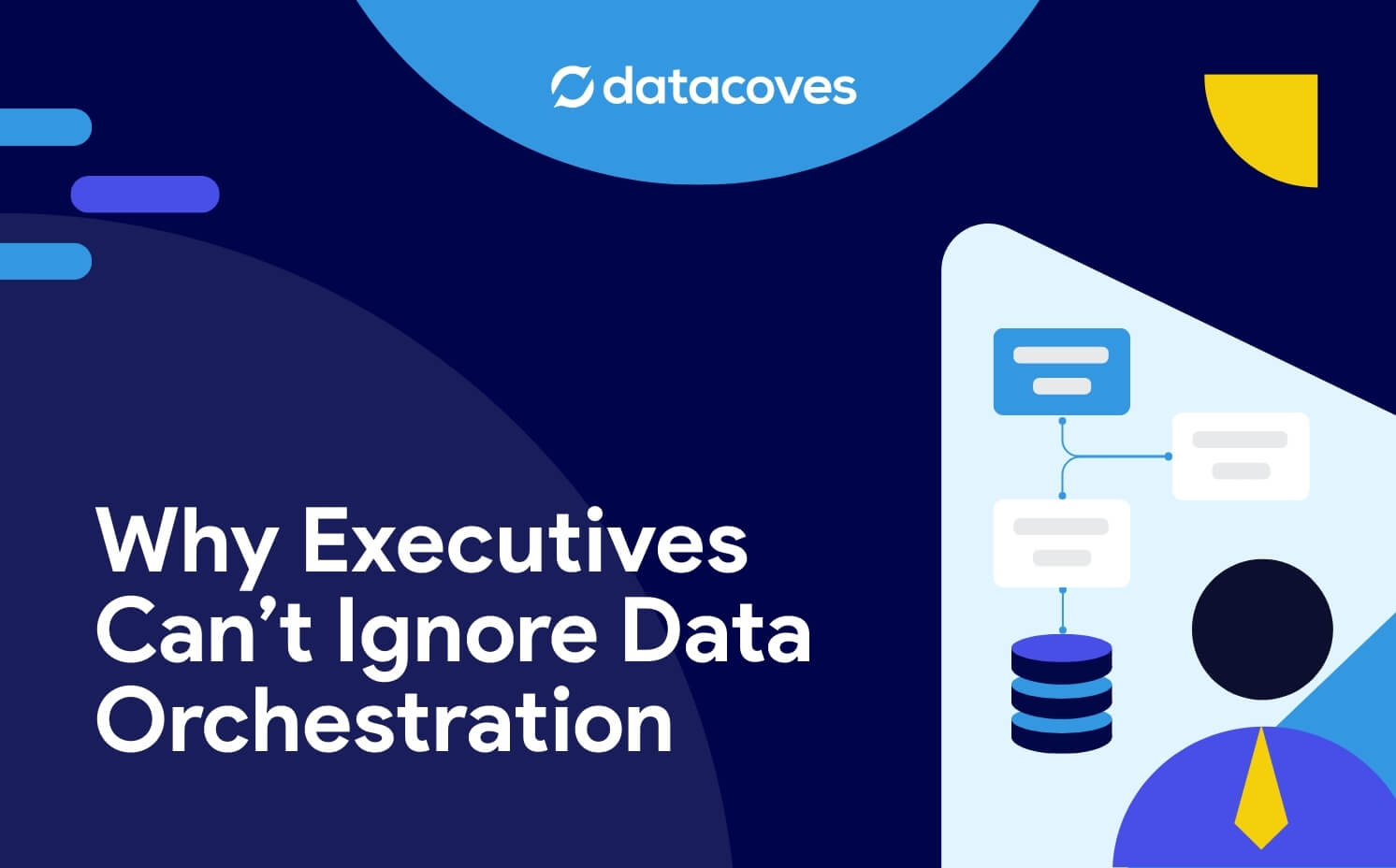I read an article on Anchor Data Modeling, more specifically, Atomic modeling where the author proposes a different way of Data Modeling. The rationale for this change is that there is a lack of skills to model data well. We are giving powerful tools to novices, and that is bound to lead to problems.
From the article:
"we are in a distressful situation both concerning the art as a whole but also its place in modern architectures"
Is this the case? Do we have a big problem on the horizon that requires us to make this big shift?
I'd say I am open-minded and expose myself to different ways of thinking so I can broaden my views. A few years ago, I learned a bit about COBOL, not because I had any real use for it but because I was curious. I found it very interesting and even saw its similarities with SQL. I approached the topic with no preconceived ideas; this is the first time I heard of Atomic Modeling.
Is there something wrong with atomic and anchor data modeling in general?
The issues I see with ideas like Atomic data modeling are not in their goal. I am 100% aligned with the goal; the problem is the technology, process, and people needed to get there.
What we see in the market is a direct result of a backlash against doing things "perfectly." But why is this the case? I believe it is because we haven't communicated how we will achieve this vision of ideas like atomic data. The author even says a key phrase in the first paragraph:
"practitioners shying away from its complexity"
If doing anchor data modeling is "complex" how are we going to up-skill people? Is this feasible? I am happy if I can get more people to use SQL vs a GUI tool like Alterix 😁

I am by no means an expert. Yet, I am fairly technical, and if I am not convinced, how will we convince decision-makers?
As I read this article, here's what I am thinking:
1. First, I will need to deconstruct the data I get from some source like material master data form SAP. That will be a bunch of tables, and who is going to do all this data modeling? It sounds expensive and time-consuming.
2. I am going to need some tooling for this, and I am either going to build it or use something a few others are using. Will my company want to take a chance on something this early? This sounds risky.
3. After I deconstruct all this data, I need to catalog all these atoms. I now have a lot of metadata, and that's good, but is the metadata business-friendly? We can't get people to add table descriptions how is this going to happen with this explosion of objects? Who will maintain it? How will we expose this? Is there a catalog for it already? Does that catalog have the other features people need? It sounds like I need to figure out a bunch of things, the biggest one being the change management aspect.
4. What sort of database will I use to store this? This is a great use case for a graph database. But graph databases are not widely adopted, and I have seen graph databases choke at scale. We can use a relational database, but these joins are going to be complex. Someone may have figured all this out, but there's more tech and learning needed. It sounds like this will also add time and expense.
5. When I have managed to do all the above, I will need to construct what people can actually use. We need objects that work with tools that are available. I need to make relational tables I can query with SQL and viz tools, which are more user-friendly. This sounds like more work, more time, and more money.
I may have missed some steps and oversimplified what's needed for this type of change. I am also aware that I may not know what exists to solve all the above. However, if I don't know it, then there are a ton of other people who also don't know it and this is where we need to start. We need to understand how we will tactically achieve this "better" world.

What are we fixing?
I've had conversations on metadata-driven automation, and like atomic modeling, I am not clear on who we are helping and how. What are we improving and in what timeframe? In the end, it feels like we have optimized for something only a few companies can do. To do anchor modeling well would be a huge expense, and when things go wrong, there are several points of failure. When we look at business problems, we need to be sure to optimize the end-to-end system. We can't locally optimize one area because we are likely moving the problem somewhere else. This can be in terms of time, money, or usability.
Decision-makers are not interested in data modeling. They are expecting results and a faster time to market. It's hard enough getting people to do things "better." This is why I find it hard to imagine that we can get to this level of maturity any time soon.
What can we do instead?
There are incremental steps we can take to incorporate best practices into the modern data stack. We need to help people mature their data practice faster, and we should not let perfection get in the way of good. Most companies are not large enterprises with millions of dollars to spend on initiatives like atomic modeling. That being said, I have yet to see anchor modeling in practice, so I welcome the opportunity to learn. I remember years ago the debates about how Ruby on Rials was teaching people "bad practices." The other side of that argument is that Rails helped companies like Twitter and Github launch businesses faster. Rails was also better than the alternative at the time, which included messy PHP code. Others advocated for well-crafted "scalable" and expensive Java applications. Rails may not be the powerhouse it once was, but it has had a huge influence on how we build software. I even see its influence in dbt even if it might not have been intentional or direct.
Conclusion
Tools like Snowflake and dbt allow us to build processes that are much better than what most people have. Should we focus on all the "bad" things that may come with the modern data stack? Should we focus on how practitioners are not well educated, and so we need to throw all they are doing out?
I don't think so; I believe that we can help companies mature their data practices faster. Will we have the best data models? Maybe not. Will users do things perfectly? Nope. But can we help them move faster and guide them along their journey to avoid big pitfalls? I think we can. Getting people to use git, automating testing, and creating DataOps processes is a huge step forward for many organizations. Let's start there.
There's a reason Data Mesh and the Modern Data Stack resonate with so many people. There's a desire to do things faster with more autonomy at many companies, not just the ones with multi-million-dollar budgets. Let's focus on what is achievable, do the best we can, and help people mature along the way. We don't need more complexity; we need less.




-Photoroom.jpg)




